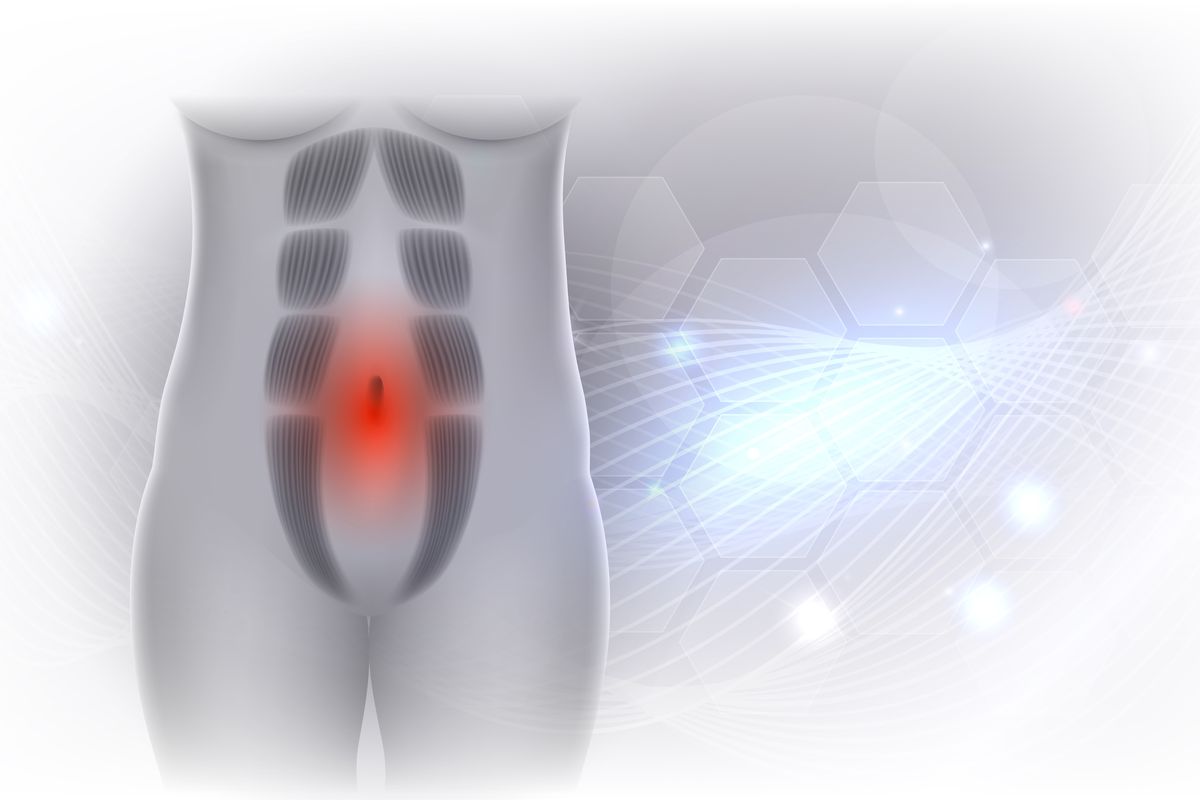Health
Abdominal diastasis: what it is, what the symptoms are and how to treat it

Diastasis is a problem that often occurs after childbirth. Let's find out what the symptoms are and how to treat them.
When we talk about abdominal diastasis, we mean the pronounced separation between the left and right sides of the rectus abdominis muscle. Although it is often considered an aesthetic problem , it is actually a problem that must be addressed above all from a medical point of view. So let's find out what the symptoms are and how best to deal with this problem .
Abdominal diastasis: what exactly is it
Abdominal diastasis is nothing more than excessive separation of the central rectus abdominis muscle. For the uninitiated, it is one of the main muscles which includes both the left and right sides, both held together by a thin band of connective tissue. This, despite being very thin, is also elastic but if it deteriorates for any reason, it has a lot of difficulty returning to its initial conditions.
When this deterioration occurs, we speak of abdominal diastasis. A problem that can be classified into mild, medium and serious.
The mild diastasis is less than 3 centimeters, the moderate one goes from 3 to 5 centimeters and the severe one, however, exceeds 5 centimeters.
Causes and symptoms of abdominal diastasis
Going to why it occurs, diastasis is more frequent in pregnancy and even more if it is twins. The reason depends on the weight and pressure that lead to the stretching of the rectus abdominis muscle. This causes the connective tissues to thin out, thus causing the two muscles to separate. Condition that leads, in fact, to abdominal diastasis.
Having said that, this problem can also be unrelated to pregnancy, so much so that it also occurs in men. When the cause is not pregnancy, the reasons may be the loss of tissue tone, significant obesity or excessive weight loss.
Going to the aesthetic symptoms, however, among these are the loss of the waist, constant abdominal swelling and an indentation in the center of the abdomen. These are the reason why it is often mistakenly thought that it is only a cosmetic problem. The truth is that diastasis can lead to a lack of containment of the viscera or abdominal hernias.
It also causes physical symptoms such as incontinence, abdominal pain, indigestion and back pain .
In general, to ascertain the presence of abdominal diastasis and, above all, to understand its extent, it is essential to consult a specialist. Diagnosis is usually obtained from a thorough history and ultrasound of the abdominal area. Only in this way will it be possible to understand what type of treatment to implement.
How to cure diastasis recti
If the diastasis occurs due to a pregnancy, it is possible that this returns spontaneously during the first weeks following the birth.
When this does not happen, or if there are other causes, the only solution is usually surgical. The most common is abdominoplasty which consists in repositioning the rectus abdominis muscles. In more serious cases, however, it may be useful to resort to a biocompatible and absorbable mesh which is inserted to favor the reunification of the muscles and which thus helps to re-establish the correct containment function of the internal organs.
It is therefore a problem that is important to deal with immediately with the right attention and for which it is better to avoid do-it-yourself approaches. Resorting to abdominal exercises to strengthen the area, for example, is considered wrong by many specialists as it can do more damage. Before choosing any mode of action, therefore, it is always good to consult a specialist . In this way it will be possible to heal faster and without unnecessary complications.
Riproduzione riservata © - WT